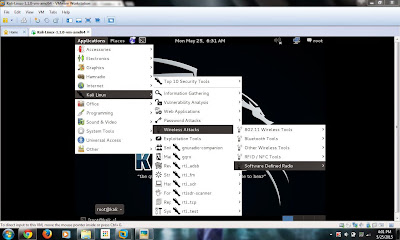The two most used ADSB decoders are adsb# and rtl1090. These decoders can be widely used with interface software like adsbscope and virtual radar. And both these decoders work with the nooelec dongle.
How they look?
The user interface of rtl1090 looks more like some tech from the spy movies, where as adsb# looks more like any other software that runs on windows.
What's under the skin?
rtl1090 decodes the data in binary, where as the adsb# decodes the data in normal form which is decimal.
What ports are used?
adsb# uses port 47806, while rtl1090 uses port 31001 for the data transfer.
How did they perform in tests conducted at HCAK_Labs?
We tried out both these decoders with a bunch of different interface software on a intel i3-3120M with 8 GB RAM. In majority of the tests rtl1090 was analyzed with packet drop issues while adsb# worked flawlessly in most test conditions but it didn't really work well with virtual radar.















